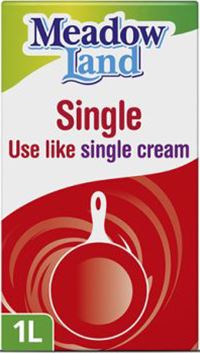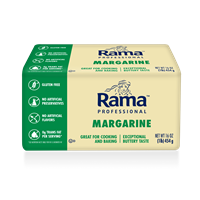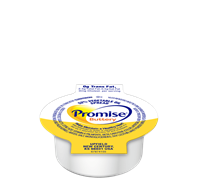Allergies appear to be on the rise. Food sensitivities continue to escalate. Many of your customers may be allergic to some of the ingredients in your dishes. If you can’t offer an enticing range of alternatives, they will eat somewhere that can.
Read on to find out why allergens are such an important issue in your kitchen. We consider ‘what is an allergen’ and ask some simple questions about how to achieve an allergy-free kitchen.
What is an allergen?
An allergen is a substance that can cause the body’s immune system to react unusually. So, a food allergen is any ingredient that can cause an adverse reaction. Symptoms range from mild to serious and can be life threatening. Some of your recipes may contain ingredients that trigger allergies, or they may come from cross contamination within your kitchen environment.
Official UK food standards currently recognizes fourteen ingredients that must be declared as allergens. Most of them are everyday ingredients that form the backbone of the dishes you create, and occur with regularity, in the products you use. To counteract allergens in your kitchen and make safer food, simply involves a little shift in thinking and adherence to some strict procedures.
How to counteract allergens in the kitchen
How ready are you to work allergy-free? Ask yourself the following questions.
1. Do you ALWAYS check EVERY ingredient label for allergens?
In the UK, allergens on labels are highlighted in bold but this is not necessarily a worldwide convention. Allergens also come in many different guises and may not have the obvious name. Whey, for example, is a component of milk.
Always make sure that every ingredient or recipe component, especially when unpackaged or removed from the container, has clear allergen labelling.
2. Are stored foods well sealed and stored in separate areas?
Designate areas for storage of allergen foods. A labelled shelf in the fridge for dairy, for example, or a labelled area for foods containing gluten.
3. Have you labelled it?
Allergen labelling is not just for the products you buy. Any food that you prepare and store, must be clearly labelled with allergens too.
4. Are you vigilant about cross contamination?
If your dish comes into contact with any allergens, start again. Never chance it.
Use separate boards and equipment for dedicated allergy-free preparation.
Thoroughly clean all work surfaces and equipment.
Consider a system of colour coding.
Wash your hands.
5. Are your allergen matrix and allergen recipe cards up to date?
Complete and up to date information that everyone can clearly understand is vital for communication.
6. Are your menu descriptions clear and accurate?
Make it easy for your customer to understand the dishes on the menu, and also show that you care about allergen needs. Clear information makes it easier for front of house to advise and communicate.
7. Are your staff continuously trained and supervised?
Everyone on the team from top management to kitchen porters should understand the importance of allergens and continually implement strict procedures to make sure allergens don’t become an issue.
8. Have you considered changing your recipes to be more allergen-friendly?
Many recipes can be tweaked successfully to be allergen-free. Consider using plant-based alternatives so that one dish fits all.



